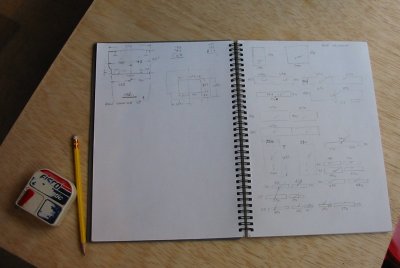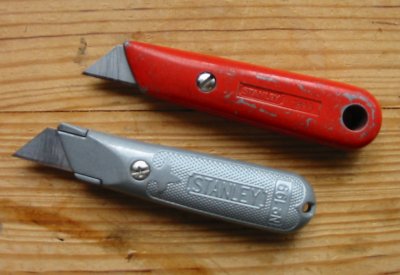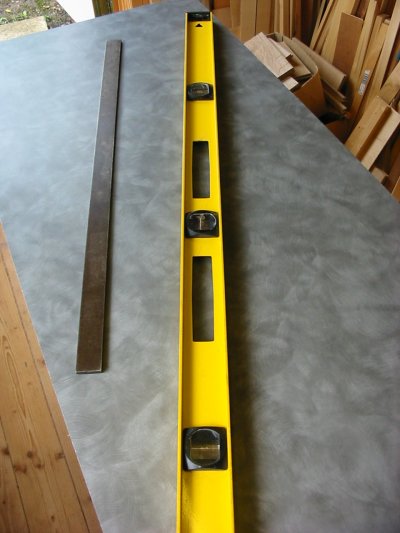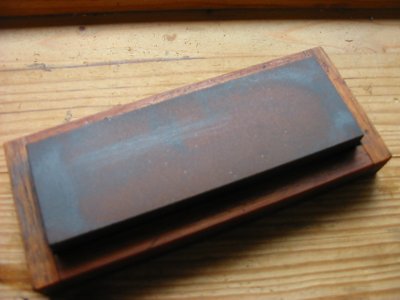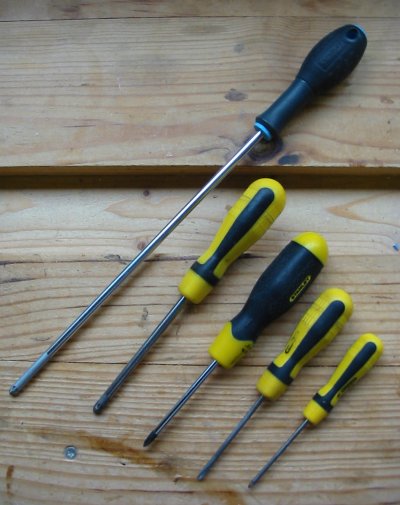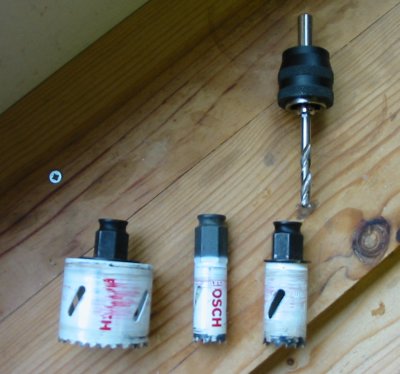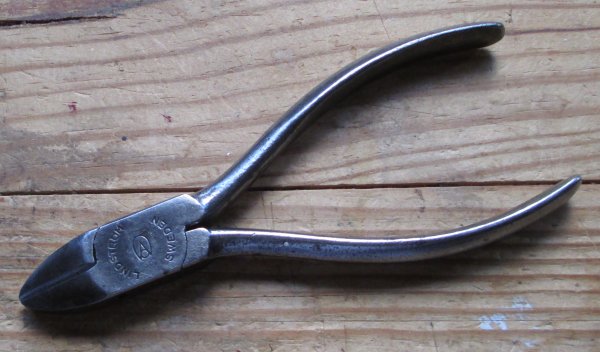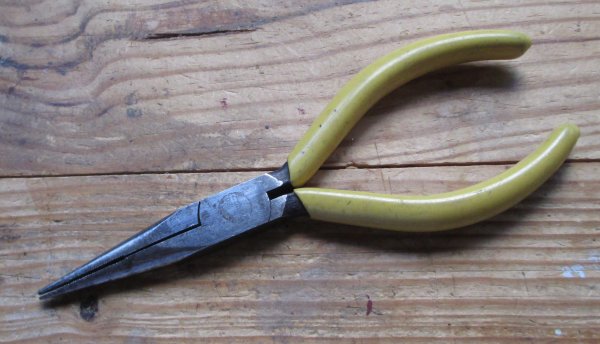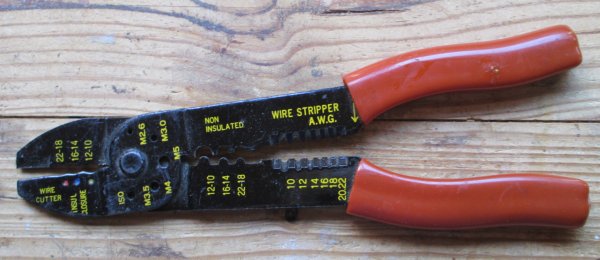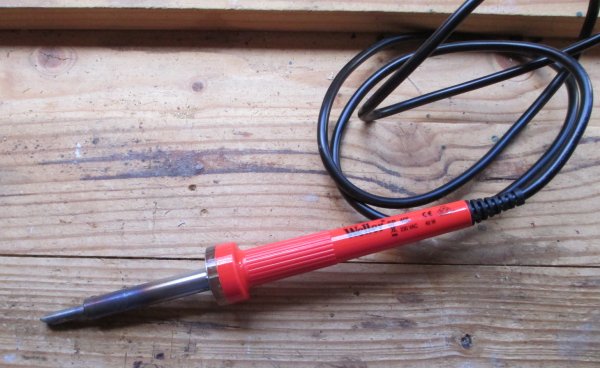Site News
Tools, Materials and Methods we used
We have included this section for anyone with little experience in diy - we hope it may be of some help.
Of course, one cannot expect to build a motorhome without some tools and equipment, however we believe it isn't necessary to have an extensive collection of power tools. Our woodworking methods are old-fashioned, a mite slow perhaps, but they are simple, economical and work.
Somewhere to do the work
We are fortunate in that we have both a shed and garage. Most of the construction work was done in the shed, we have a solid bench and vice there, also it is insulated so can be kept warm in winter. Much of the initial cutting up of the large ply sheets was done in the garden, or garage if it was raining; we store most of the ply sheets and timber in the garage.
If one only has the van and all construction work has to be done inside it, then some means of storing sheet materials will probably be needed. Outside under a heavy polythene sheet should be ok, ideally stack plywood on edge and insulated from wet ground.
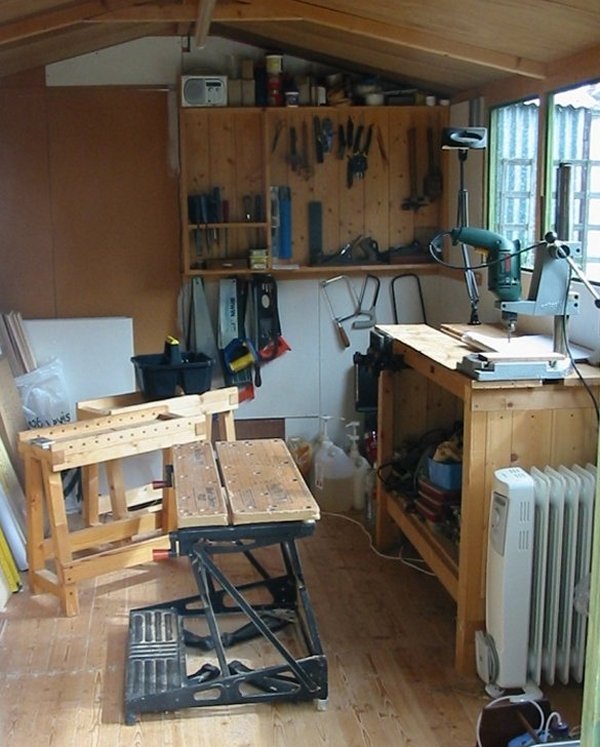

No, that stack of plywood isn't all for the motorhome; there's also a few sheets of expensive marine ply tucked away in there for a boat we are building - Just not enough hours...
Toolbox
Some days it seemed like miles walking back and forth and, invariably, we forgot to take the tools back and forth too. A lightweight easy to carry box in which to keep the most used tools proved a godsend. That's our one sitting on the trestle in the shed.
Bench and vice, trestles.
The "WorkMate" is fine, but we also use two home-made (self-built!) trestles to support large sheets when sawing (as in the garage pic above). For making timber frame joints, the woodworkers' bench vice makes life much easier.
General and Woodworking Tools
We make no apologies for including items that may seem obvious to some - for this is a list of what we used.
Electrical Tools
Materials, glues, etc
| Material | Click on photo for larger image | Manufacturer/ Supplier web site | Comments |
|---|---|---|---|
| Masking tape | 
|
B&Q | Indispensible - so many uses. On a Deep Red painted steel van pencil marks used for measuring just don't show up - stick a bit of tape on and problem solved. Useful as a temporary clamp to hold things in place - worktop edging is one example. Buy several rolls! We like the B&Q blue tape, comes off easily and doesn't leave a residue of adhesive. |
| Sikaflex 221 (White) Adhesive/sealant | 
|
Sika UK | A great product for gluing and sealing wood to metal, metal to metal, plastic to metal, etc. All the ceiling and wall battens, the floor grid timbers, and insulation panels in Deep Red have been fixed with Sikaflex. Important to follow the manufacturers clear instructions, available from their web site. We've used it extensively and have no hesitation in recommending it. Not cheap, lowest price we found £8.95 per tube (July 2013). |
| Sikaflex 512 (Black) sealant | 
|
Sika UK | Black version - this more for sealing gaps between windows, rooflights etc and bodywork. Same price as white (July 2013). |
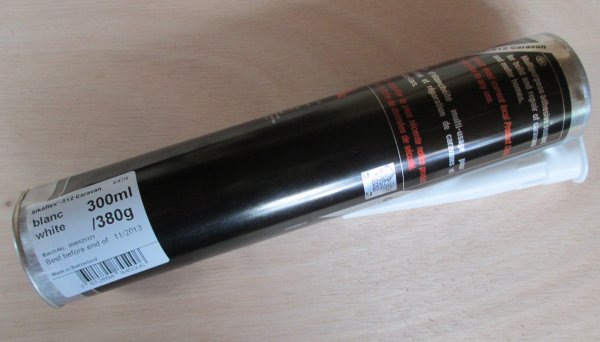
|
Sika UK | Note, Sikaflex has a shelf life and tubes should have a small white label which shows the use-by date; on the tubes we've bought this date was at most only 9 months ahead; after that the contents noticeably begin to stiffen and become unusable. Beware of cheap tubes offered in places like eBay that don't have a use-by date label! | |
| PVA Wood Glue | 
|
Bostik | General purpose wood adhesive. The weatherproof version (ideal where damp may be present) takes appreciably longer to dry and joints made with this type best left overnight. The normal version usually dries in an hour when weather warm. Wipe off excess glue with damp rag before it dries if surface is to be stained - glue will form a barrier coat otherwise and spoil finish. |
| Impact (contact) Adhesive | 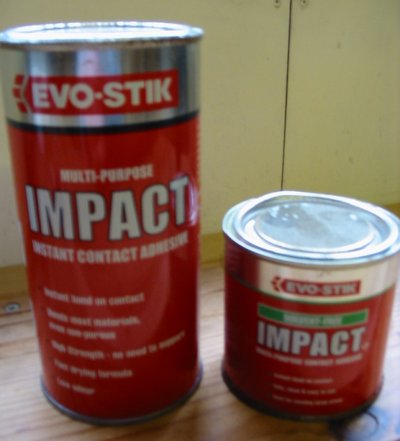
|
Bostik | The tin on left is the original solvent type; the tin on right is solvent free version. Good adhesive for fixing ply panels to frames and glueing large areas of different materials together. Bonds immediately giving little opportunity for adjustment. Thixothropic types are available which allow some adjustment of the parts being joined. Avoid breathing the fumes. Not suitable for use on surfaces subject to high temperatures (sticking materials to inside of van steel roof). |
| High Temperature Adhesive | 
|
Alpha Adhesives | High temperature contact adhesive. Essential if fixing materials directly to van steel panels (e.g. flexible insulation). Bonds immediately giving little opportunity for adjustment. Avoid breathing the fumes. |
| Wallcovering Adhesive | 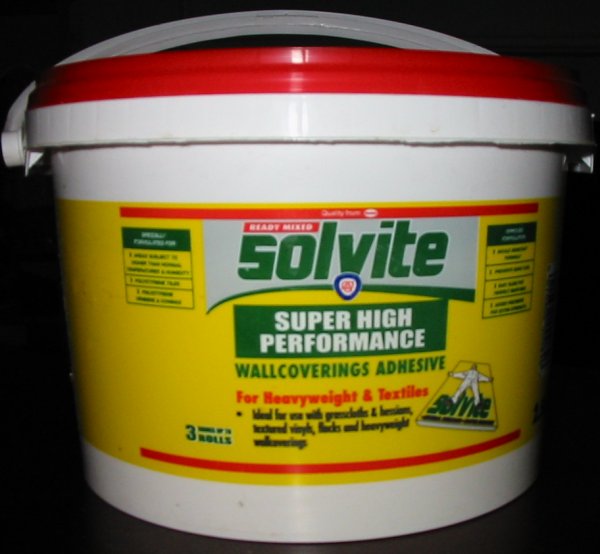
|
Henkel Solvite | High-performance wallcovering adhesive. We used this brand for attaching the vinyl covering to the ceiling ply; the acrylic-coated woven cotton wall covering to wall ply; and fixing the green cloth to the door ply. Excellent product, contents keep in tub for long time. |
| Woodscrews | 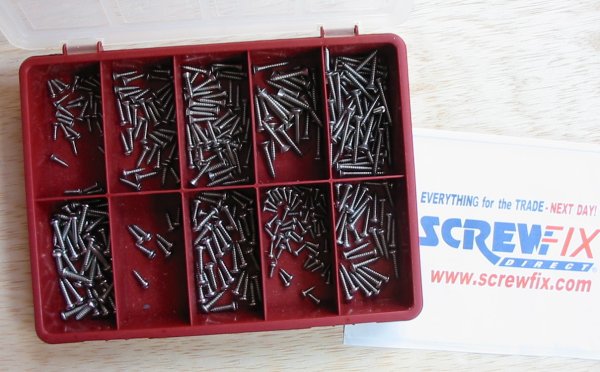
|
Screwfix | Stainless steel woodscrews, assorted pack, both countersunk and pan head types. These types are hard, the heads are less likely to mangle when driven in tough material. Ideal for general uses and won't leave unsightly stains in wood frames where damp, or steam is present - fixing hinges of overhead lockers for example. |
| Wood Varnish | 
|
International Paints | Tough varnish giving excellent finish. Needs two coats minimum, takes several hours to dry, strong odour whilst wet, but worth the effort. |
| Glasspaper | 
|
B&Q | Economical way to buy on a roll and just cut off enough each time to wrap aound sanding block. We mostly used 120 and 80 grades. |
Methods
Making half-lap woodworking joints. Details to follow...





